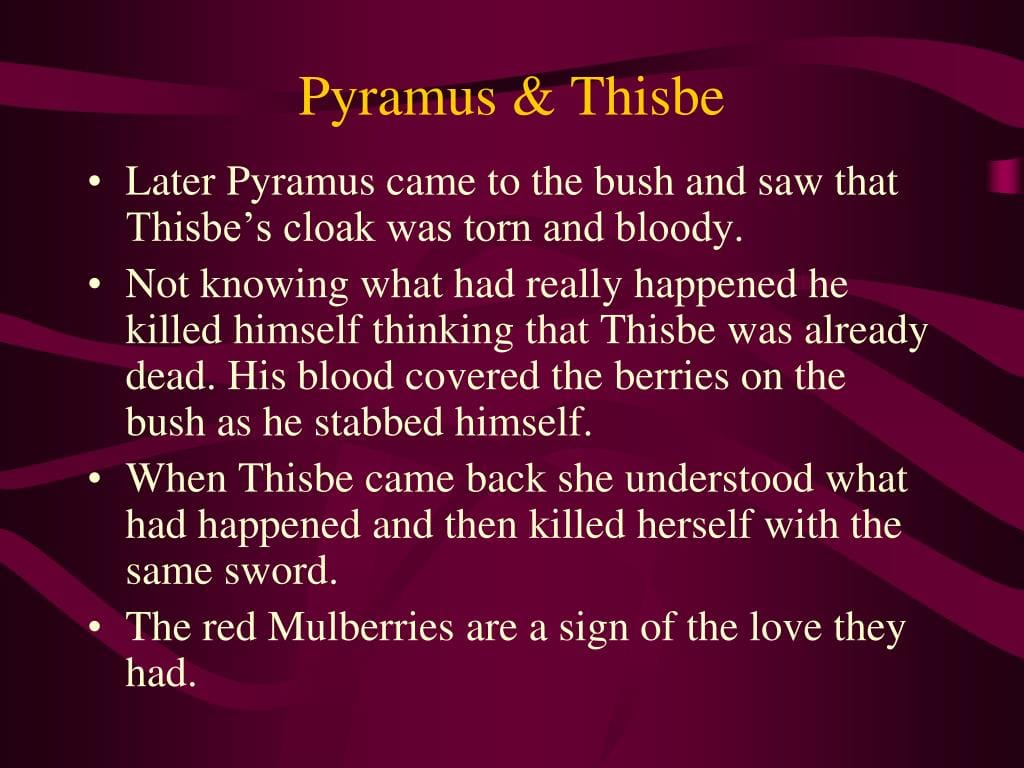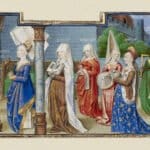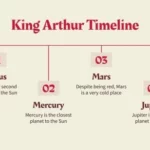This timeless tale of ill-fated lovers, Pyramus and Thisbe, whispers across millennia, a poignant echo of love’s enduring power and the devastating consequences of miscommunication. Their story, woven into the fabric of Western literature by Ovid in his Metamorphoses, continues to resonate with audiences today, a testament to its exploration of universal themes – love, loss, and the struggle against forces beyond our control. Join us as we unravel this ancient Babylonian tragedy, exploring its origins, interpretations, and lasting legacy.
The Lovers Divided by a Wall
In the bustling heart of ancient Babylon, under the shadow of a wall built by Queen Semiramis herself, lived two young souls entwined by a forbidden love: Pyramus and Thisbe. Their families, locked in a bitter feud, forbade their union, a wall of animosity mirroring the physical barrier that separated their homes. Yet, love, like a tenacious vine, found a way to flourish even in these inhospitable conditions. A small crack in the wall became their clandestine passage, a portal for whispered words and stolen glances, nurturing a love that bloomed in secret. Their stolen moments, fraught with risk and longing, became the very essence of their existence, fueling their dreams of a future free from the constraints of familial strife. This secrecy, likely intensifying their passion, led them to devise a daring plan – a clandestine meeting beneath a mulberry tree with bone-white berries, just beyond the city walls, where they hoped to begin a new life together, far from the shadow of their families’ hatred.
Fate’s Cruel Intervention
Thisbe, her heart alight with anticipation, arrived first. However, fate, as it often does in these ancient narratives, intervened with cruel swiftness. A lioness, jaws stained crimson from a recent kill, emerged from the shadows, sending Thisbe fleeing in terror, her veil falling to the ground in her haste. The lioness, perhaps in playful curiosity, tossed and tore the veil, leaving it stained with blood. Shortly thereafter, Pyramus arrived at the appointed spot, only to be met by the horrifying sight of the bloodied veil. Misinterpreting the scene, he succumbed to the crushing weight of despair, believing Thisbe to have been slain by the beast. Overcome by grief, he drew his sword, taking his own life beneath the very tree that was meant to symbolize their newfound freedom. Thisbe, having evaded the lioness, cautiously returned to the rendezvous point, her heart brimming with hope, only to find her beloved Pyramus lifeless, his blood mingling with the fallen mulberries. The tragic misunderstanding, the cruel twist of fate, became agonizingly clear. Unable to bear the weight of her sorrow, she took Pyramus’s sword, joining him in death, their blood staining the white mulberries a deep, mournful red. Legend suggests that this tragic event forever altered the mulberry tree, its fruit transformed from white to a vibrant crimson, a poignant reminder of their enduring love and shared sacrifice.
[https://www.lolaapp.com/sallet-helm]
[https://www.lolaapp.com/sabatons]
The Enduring Legacy of a Myth
The story of Pyramus and Thisbe, though likely a literary creation, has resonated through the ages, inspiring countless works of art, literature, and even opera. Shakespeare, in both A Midsummer Night’s Dream and Romeo and Juliet, pays homage to this ancient tale, drawing parallels between the star-crossed lovers and their Babylonian predecessors. The myth’s enduring power rests not only in its tragic romance but also in its exploration of timeless themes: the destructive nature of assumptions, the heartbreaking consequences of miscommunication, and the enduring strength of love, defying even death. It serves as a cautionary tale, reminding us to look beyond the surface, to question our assumptions, and to cherish the precious moments we share with those we love. The transformation of the mulberry tree’s fruit into a symbol of their love reflects the transformative power of myth itself, turning tragedy into a timeless testament to the human condition.
Deconstructing the Symbolism
| Element | Significance |
|---|---|
| The Wall | Represents the feud between the families, a physical and emotional barrier. |
| The Crack | Symbolizes the fragile hope of the lovers, their tenuous connection. |
| The Lioness | Represents fate, a random act of violence that sets the tragedy in motion. |
| The Bloodied Veil | Represents miscommunication, a single piece of evidence misinterpreted with devastating consequences. |
| The Mulberry Tree | Represents the site of their planned escape, transformed into a monument to their tragic love, its crimson fruit a constant reminder of their sacrifice. |
Exploring the Interpretations
Scholars continue to debate the deeper meanings embedded within the narrative. Some suggest it’s a cautionary tale against the perils of miscommunication and the destructive power of feuds. Others propose that it explores the complexities of love, sacrifice, and the defiance of societal norms. The richness of the story allows for multiple interpretations, each adding another layer of understanding to this ancient tale. Perhaps it’s the very ambiguity, the interplay of these interpretations, that allows the myth to endure, mirroring the complexities of human relationships and the enduring mysteries of love and loss.
The Question of Historical Reality
Were Pyramus and Thisbe actual historical figures? While no archaeological evidence exists to support their existence outside the realm of myth, the enduring popularity of their story suggests a deeper truth. Myths often serve as symbolic representations of human experiences, exploring universal themes that transcend time and place. While Pyramus and Thisbe probably never existed in the literal sense, their story continues to hold a mirror to our own lives, reflecting our capacity for love, loss, and the tragic consequences of miscommunication.
Unraveling the Origins
Ovid’s Metamorphoses is the most well-known source of the story, placing it firmly within the context of Babylonian culture. However, some scholars suggest the name “Pyramos,” associated with the Ceyhan River in Cilicia, hints at a possible origin within the wider historical Babylonian Empire. It is likely that Ovid drew upon existing folk tales and woven them into his own poetic narrative, demonstrating how myths can evolve and adapt over time.
The Power of Adaptation
The tale of Pyramus and Thisbe has been retold and reinterpreted across cultures and centuries. Its influence can be seen in countless works of literature, art, and opera. This constant reimagining of the myth speaks to its adaptability and its enduring relevance to the human experience, proving that even ancient stories can continue to spark our imaginations and offer new perspectives on love, loss, and the complexities of human relationships. While the definitive answers to the myth’s origins and the historical reality of its characters remain elusive, the story of Pyramus and Thisbe continues to teach valuable lessons about the importance of communication, the destructive nature of assumptions, and the enduring strength of love.
- Unlocking 2-Letter Words with U: The Definitive Guide - April 4, 2025
- Unlock Words with the Letters THREE: Top Unscramble Tools 2025 - April 4, 2025
- Master Scrabble: X & Z Words for High Scores - April 4, 2025
















